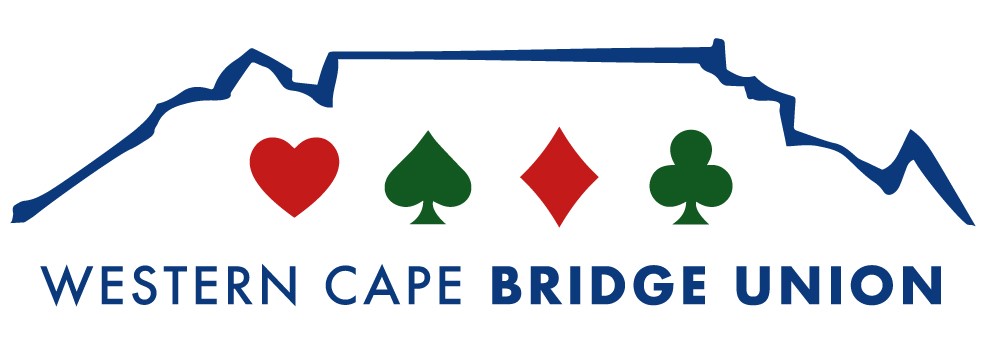Warwick Wealth Bidding Competitions - October to December
You can download the December Warwick Wealth bidding competition here.
Congratulations to Erica Zimet on winning the October 2022 Warwick Wealth bidding competition and to Steve Bunker on winning the November competition. Here is Steve's answer to the November competition:
1. 4H. Our 3D bid was highly invitational but not forcing. Responder has shown 5 spades and 4+ hearts. If they also had a club stop, they would have bid 3NT. If they had a minimum hand, they would have passed 3D. So, I treat 3H as forcing and I bid 4H which should stand chances even if we have only a 4-3 fit.
2. 4D. Partner had other options (including Lebensohl and a jump to 3-level himself) but chose to double, so probably close to a 4144 shape. North, being vulnerable and answerable to team-mates, should have a shapely hand with good honour cards in their minor suit (probably clubs). 3D feels like an underbid when maximum and rich in top controls. I jump to 4D to invite game (or even slam). At teams, there is no great IMP loss if 3NT was a better spot than 5D.
3. 2D. Cue their suit as a general force to allow time to explore the best game or even slam. Plan to bid hearts over whatever partner does.
4. Probably 5H. So much depends here on one’s system style and agreements. Not knowing what we are playing, the question is… what did partner understand by my jump to 3H? Opener has reversed showing, one presumes, about 17+ points. If we had a minimum hand, we could apply the brakes by bidding 2NT Lebensohl and any other bid would be forward-going, including a bid of 2H. Therefore, I might have expected a jump to 3H to be setting the trump suit and demanding a cue no matter what. However, partner has bid 3NT which is not a cue bid! Partner must be very short in hearts and could even be void and unable to reach my heart suit if playing in NT. If partner can prevent two quick losers in the spade suit, then 6H should be a good spot. I am going to bid 5H as “OUT” (Ours, Unbid, Theirs) and trust that partner will realise it refers to a problem with the “Unbid” suit on this hand – i.e. spades – and asks them to pass or bid 6H with spades properly stopped.
5. 2C. I cue bid 2C (opener’s suit) to let partner know I have a good hand and two places to play (i.e. diamonds or No Trumps).
6. 3D. Partner rates to have at most a singleton spade and my Queen is a wasted value. If we have enough for game, I would have expected partner to make a strong takeout double rather than bidding just 2H.
7. DBL. I double for takeout. Using the principle of “borrowing a King”, this makes my hand far too strong simply to make a non-forcing bid. If partner responds 2NT as Lebensohl with, ostensibly, a weakish hand, I will not rebid the required 3C but rather 3H thus completing the picture of a strong hand with hearts. If partner bids anything but 2NT, then a Major suit slam may well be possible.
8. Ten of hearts. We need four tricks to defeat the game. I expect to make Queen of trumps, Ace of hearts and one trick in the minors (probably the King of diamonds) which gives us three tricks. Partner rates not to have much more than about 4 high card points which might include the King or Queen of hearts. If dummy has the King and declarer the Jack, declarer may guess wrongly and assume the lead of the 10 is my highest card (or from Q109). There is little to be lost in this hoped-for deception and to lead any other card may give up a certain trick.
